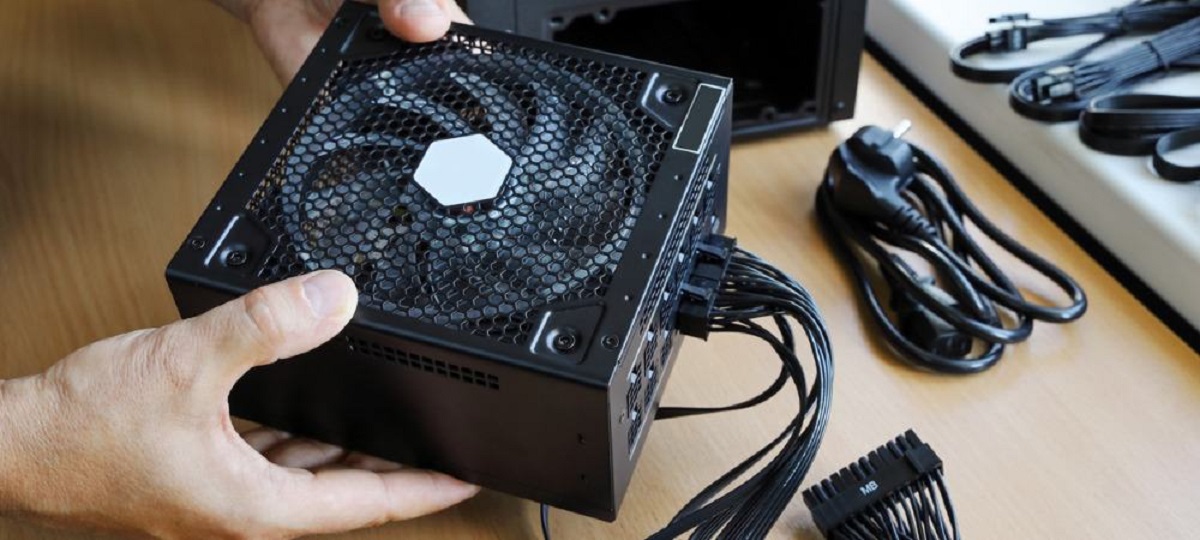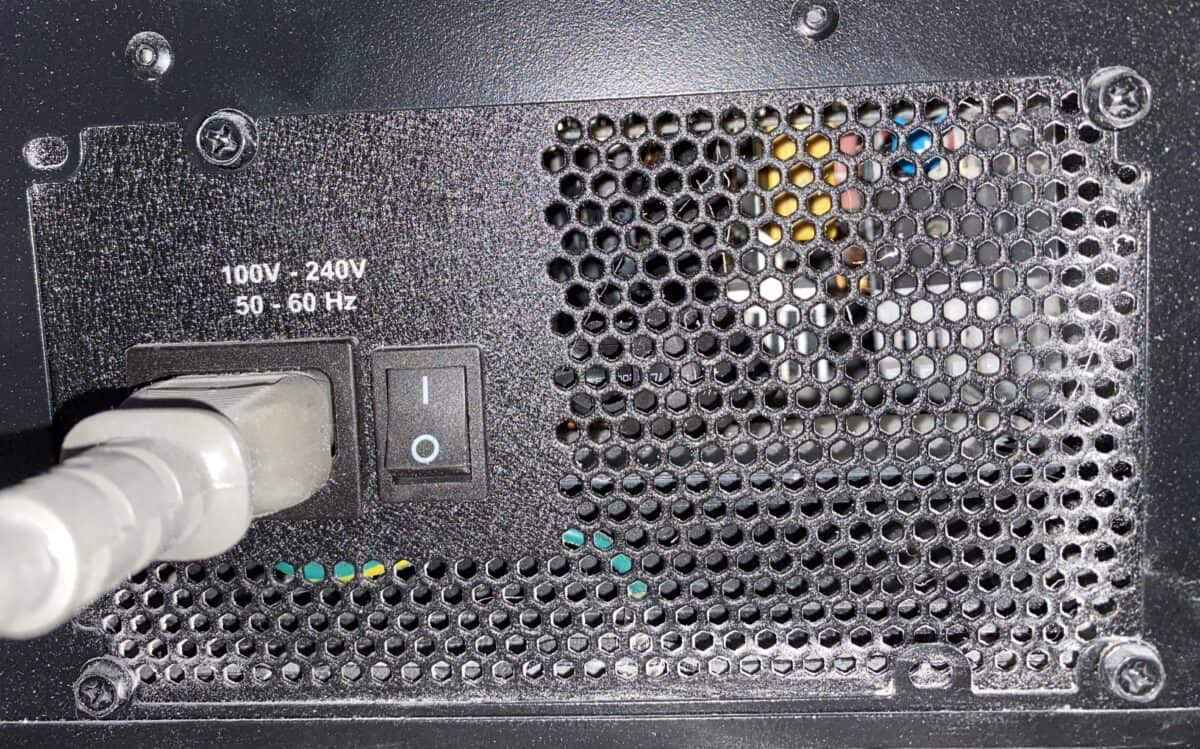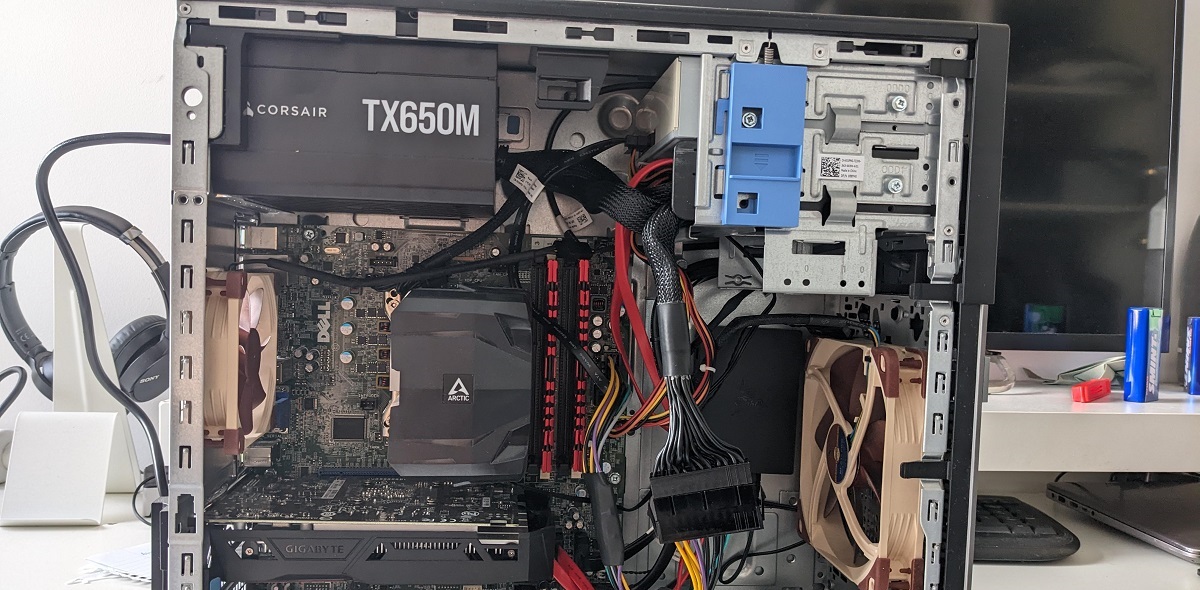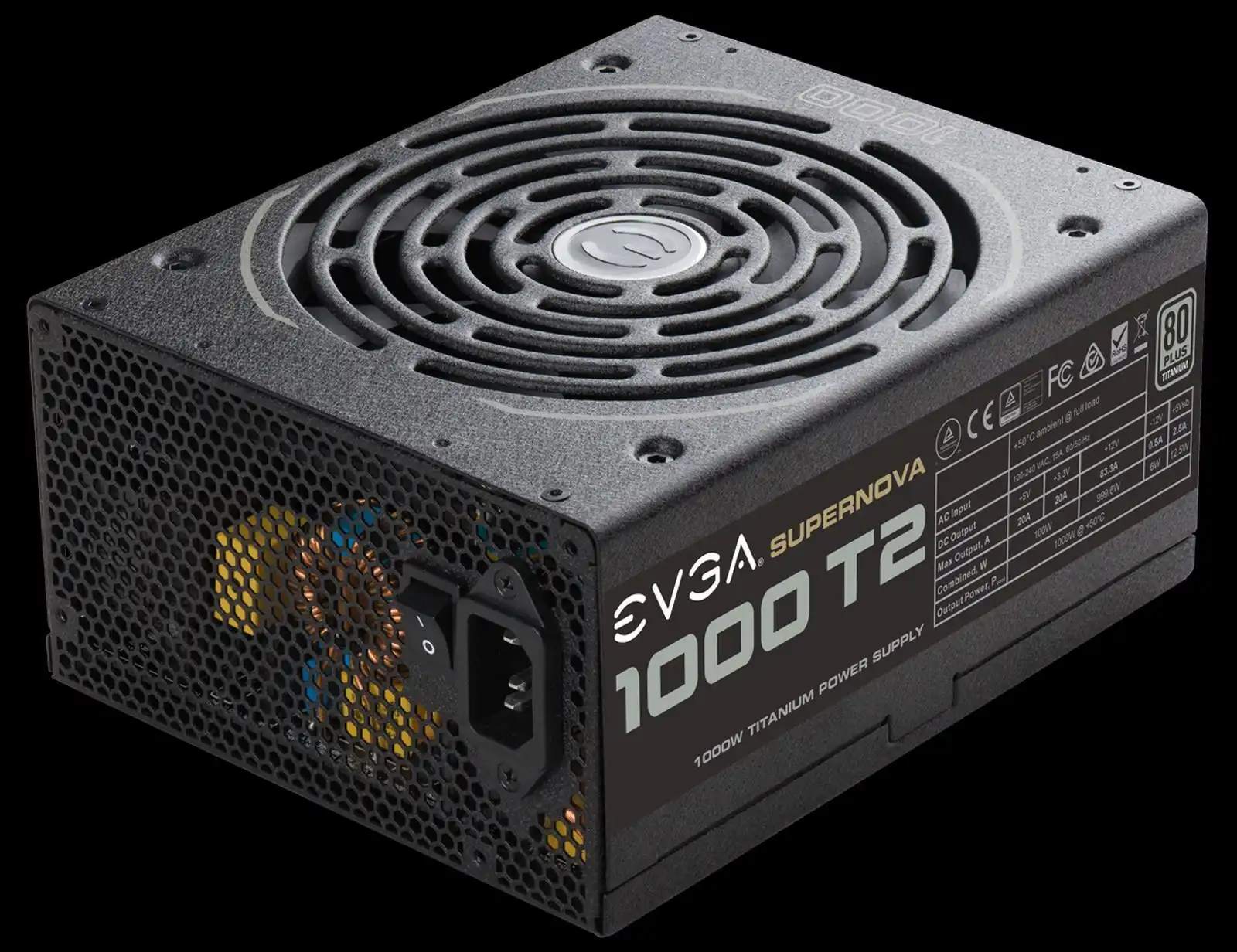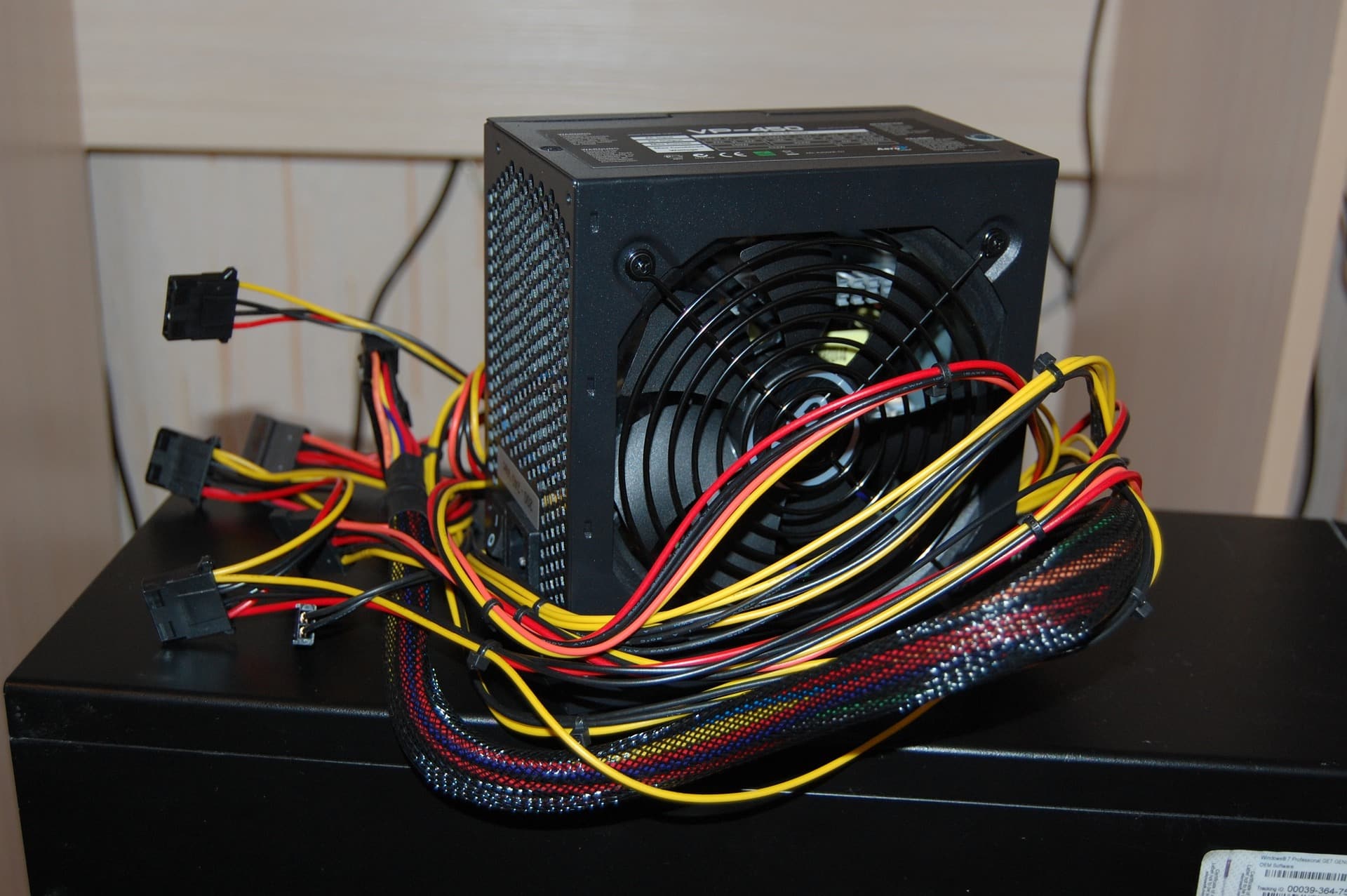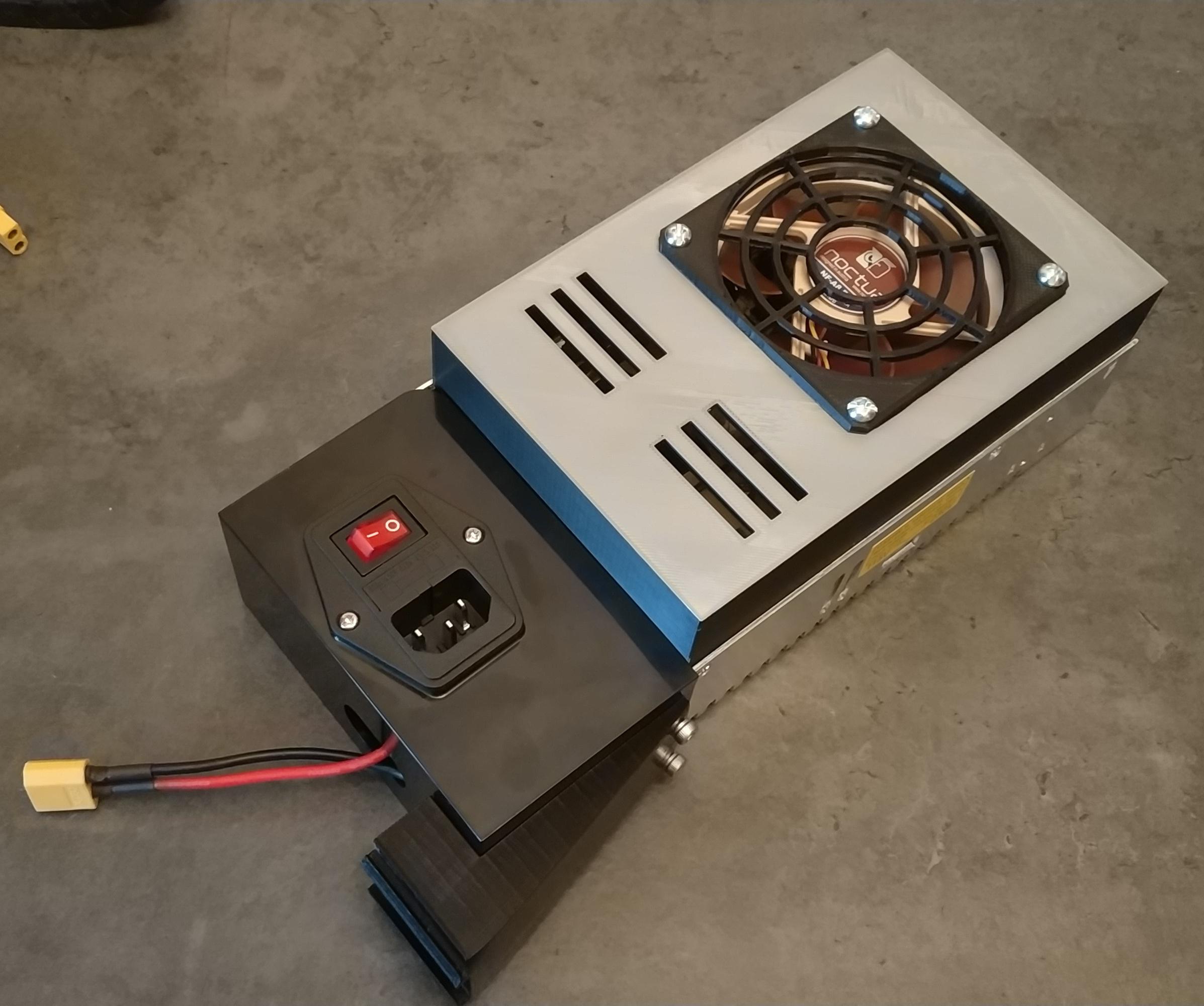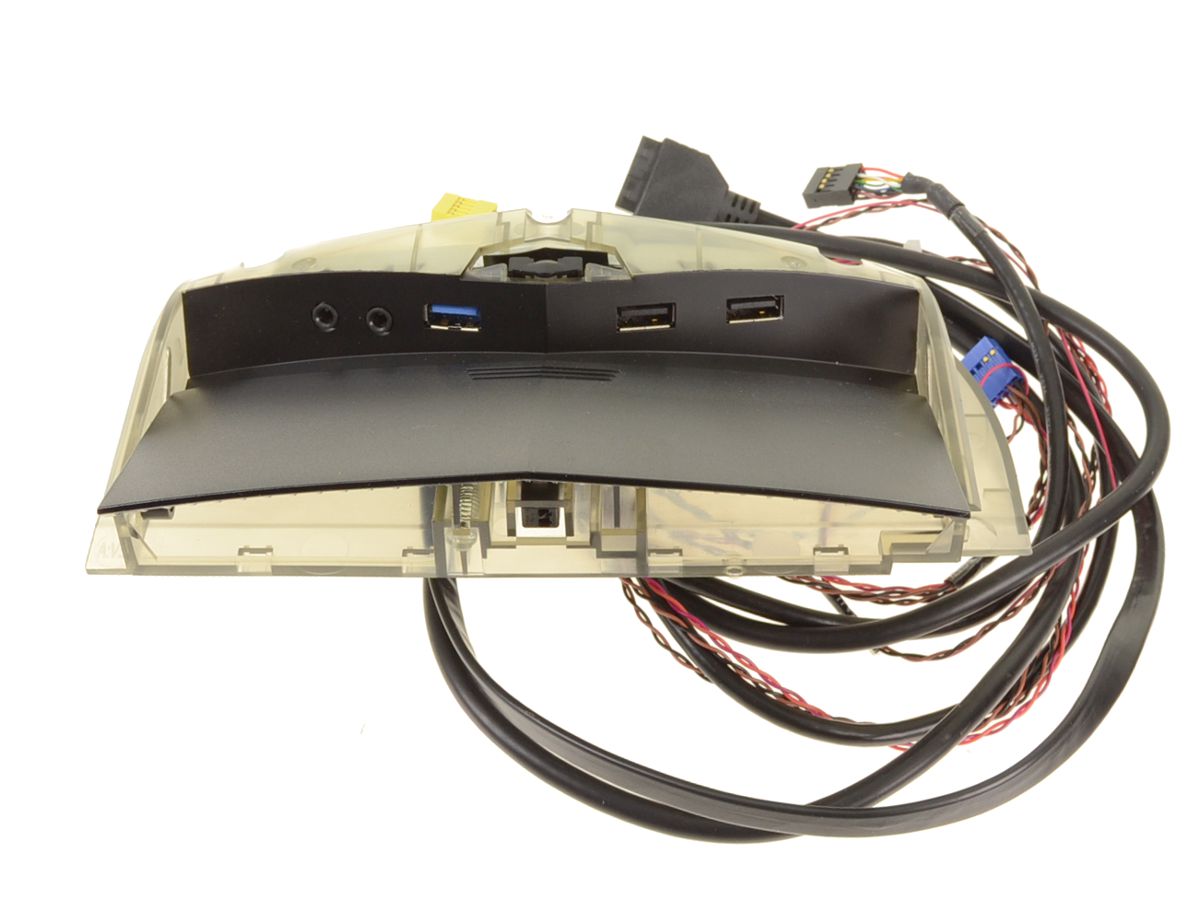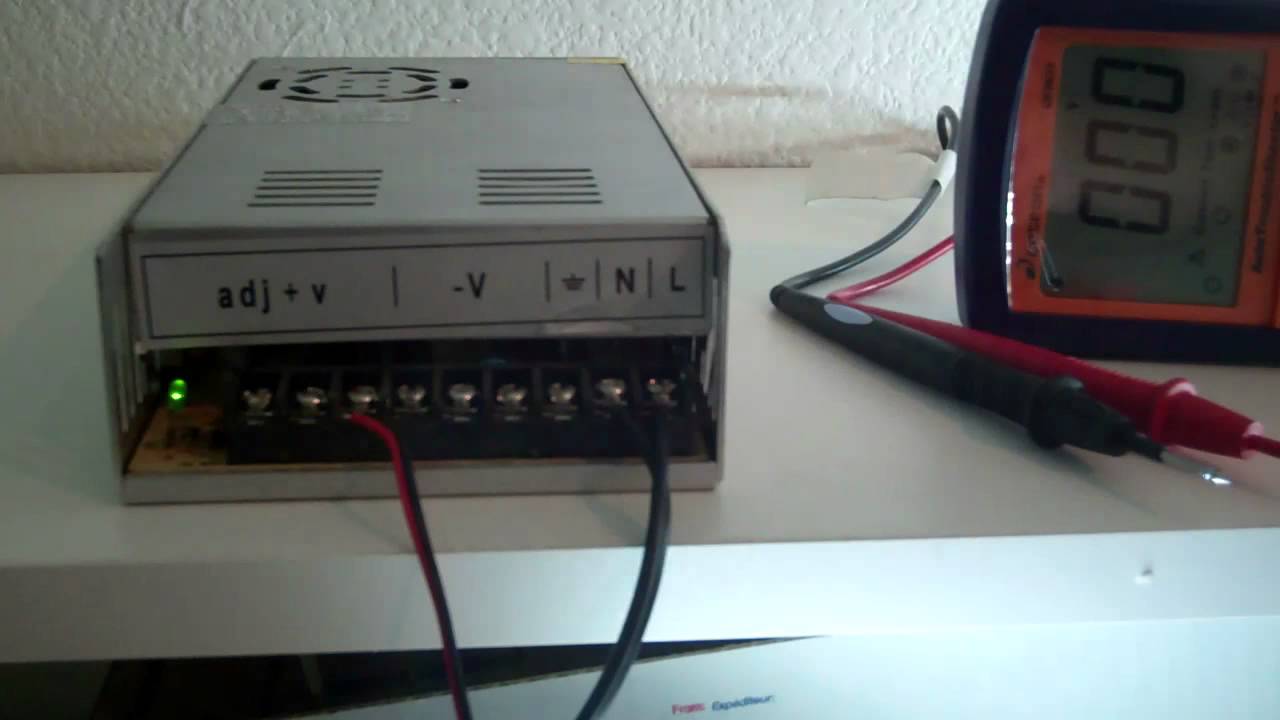Introduction
When it comes to understanding the inner workings of your computer, one vital component that often gets overlooked is the power supply unit (PSU). The PSU is responsible for supplying the necessary power to all the components in your computer, ensuring their optimal performance. Without a reliable PSU, your computer could face issues such as random shutdowns, system instability, or even permanent damage to your hardware.
Knowing the details of your PSU is essential for various reasons. Whether you’re considering upgrading your computer, troubleshooting power-related issues, or simply curious about the specifications of your system, understanding your PSU is crucial.
There are several ways to find out the specifications of your PSU. In this article, we will walk you through the various methods you can use to discover the details of your power supply unit.
By the end of this article, you’ll have a clear understanding of how to check your PSU and why it’s important to do so. So, let’s dive in and explore the different ways you can find out your PSU details.
What is a PSU?
A power supply unit (PSU) is a fundamental component of a computer system that converts the electrical power from an outlet into usable power for all the internal components of the computer. It is responsible for providing the correct voltage and wattage required by the various components, such as the motherboard, processor, graphics card, and storage drives.
The PSU serves as the heart of the computer’s power distribution, ensuring that each component receives a steady and reliable power supply. It regulates and delivers power to the different parts of the computer, preventing damage caused by overvoltage, undervoltage, or power surges.
PSUs come in different wattages, ranging from 300W to 1000W or even higher for high-performance systems. The wattage rating represents the maximum power output that the PSU can provide. It is important to choose a PSU with the appropriate wattage for your system, considering the power requirements of your components, as using a PSU with insufficient wattage can lead to instability and system crashes.
Additionally, PSUs can have different efficiency ratings, indicated as a percentage. The higher the efficiency rating, the more efficient the PSU is in converting the AC power into DC power for the computer. This means that a higher-rated PSU will waste less electrical power as heat, resulting in lower electricity bills and reduced environmental impact.
Most PSUs come in standard sizes and connect to the computer’s motherboard using standard connectors such as the 24-pin ATX power connector. However, some high-end systems or specialized components may require specific PSU connectors or configurations, so it’s essential to be aware of your PSU’s compatibility with your hardware.
In summary, the PSU is a critical component that provides the necessary power to all the other components in your computer. Understanding the basics of a PSU and its role in powering your system is essential when it comes to maintaining the stability and performance of your computer.
The Importance of Knowing Your PSU
Knowing the details of your power supply unit (PSU) is of utmost importance for several reasons:
- Compatibility: Understanding the wattage and connector requirements of your PSU is crucial when upgrading or adding new components to your computer. Different components have specific power needs, and using a PSU with insufficient power or incompatible connectors can lead to system instability or even component failure.
- Performance: A reliable and properly sized PSU will ensure that your computer performs optimally. Insufficient power can cause your system to struggle or crash during demanding tasks, while an overpowered PSU can result in inefficiency and unnecessary power consumption.
- Safety: Faulty or low-quality PSUs can pose serious risks, including potential electrical hazards, overheating, and damage to other components. By knowing the specifications and quality of your PSU, you can avoid these potential dangers and protect both your computer and yourself.
- Troubleshooting: If you encounter power-related issues such as random shutdowns, system freezes, or poor performance, understanding your PSU can help in pinpointing the problem. By knowing the wattage, efficiency, and other details, you can determine if your PSU is the culprit and take appropriate measures to resolve the issue.
- Upgrade Planning: If you’re planning to upgrade your system, knowing the capabilities of your PSU is essential. By checking its wattage and connectors, you can ensure that your new components will be compatible and function properly without any power-related restrictions or limitations.
By being aware of your PSU specifications, you can make informed decisions about your computer’s power requirements and ensure that your system is reliable, stable, and safe. Whether you’re a gaming enthusiast, a content creator, or a casual user, knowing your PSU is an important aspect of maintaining and optimizing your computer’s performance.
Checking the Manufacturer’s Label on Your PSU
One of the easiest and most straightforward ways to find out the specifications of your power supply unit (PSU) is by checking the manufacturer’s label located on the PSU itself. This label provides important details about your PSU’s wattage, efficiency, model number, and other relevant information.
To check the manufacturer’s label on your PSU, follow these steps:
- Turn off your computer and unplug the power cord from the wall outlet.
- Open your computer case by removing the side panel. The PSU is usually located at the top or bottom of the case, near the rear.
- Locate the PSU and look for a label or sticker on its side or top surface. The label will typically contain important details such as the brand, model number, wattage rating, voltage, and amperage specifications.
- Take note of the information provided on the label. This information will be useful when determining the compatibility and power requirements of your PSU.
- Close your computer case by reattaching the side panel and secure it in place.
Remember to handle your PSU with care and avoid touching any internal components while performing this check. If you’re unsure about safely accessing the PSU or if you’re uncomfortable working inside your computer, it’s best to seek professional assistance or consult your computer’s user manual for guidance.
Checking the manufacturer’s label on your PSU is a simple and reliable method to obtain the necessary information about your power supply. By knowing the details of your PSU, you can ensure its compatibility with your system and make informed decisions when it comes to upgrading or troubleshooting your computer.
Checking Your Computer’s BIOS
Another method to determine the specifications of your power supply unit (PSU) is by accessing your computer’s Basic Input/Output System (BIOS). The BIOS contains a wealth of information about your computer’s hardware, including the details of your PSU.
To check your PSU details through the BIOS, follow these steps:
- Turn on your computer and immediately start pressing the designated key to access the BIOS. The key to enter the BIOS varies depending on the computer manufacturer, but it is often one of the function keys (F1, F2, F10, etc.) or the delete key.
- Once you’re in the BIOS, navigate to the hardware or system information section. The exact location and labeling may differ depending on your computer’s BIOS version and manufacturer.
- Look for a section that provides information about the power supply or voltage. In this section, you should be able to find details such as the wattage, voltages, and amperages of your PSU.
- Take note of the information displayed on the screen. The values may be shown directly or labeled with technical terms, so it’s helpful to refer to your computer’s manual or consult online resources for assistance in deciphering the information.
- Exit the BIOS by selecting the option to save and exit. Your computer will then proceed to boot into the operating system.
Keep in mind that not all BIOS versions provide detailed PSU information. Some may only display basic information or none at all. In such cases, it’s recommended to utilize alternative methods mentioned in this article to determine your PSU’s specifications.
Checking your computer’s BIOS can be a reliable way to find out the details of your PSU. However, it requires accessing and navigating the BIOS interface, which may be technical or unfamiliar for some users. If you’re uncertain about working in the BIOS or need further assistance, it’s advisable to consult your computer’s documentation or seek help from a knowledgeable professional.
Using Software to Determine Your PSU
If you prefer a more convenient and user-friendly method to find out the specifications of your power supply unit (PSU), you can utilize specialized software that provides hardware information. These software applications can detect and display detailed information about your computer’s components, including your PSU.
Here’s how you can use software to determine your PSU details:
- Research and select a trusted hardware monitoring or system information software. There are various options available, such as CPU-Z, HWMonitor, or Speccy, to name a few.
- Download and install the chosen software on your computer, following the provided instructions.
- Launch the software and navigate to the section or tab that provides PSU information. This could be labeled as “Power” or “PSU” or may be included within the general system information section.
- Within the PSU information section, you should be able to view details such as the wattage, voltage, amperage, and efficiency rating of your power supply.
- Make note of the relevant information and close the software.
Using software to determine your PSU specifications is a convenient option for users who prefer a graphical interface and a quick way to obtain detailed information. It eliminates the need to access hardware physically or navigate through the BIOS, making it accessible even to less tech-savvy individuals.
It’s worth noting that software-based methods may rely on the accuracy of the hardware sensors and compatibility with your particular system configuration. In some cases, the software may not provide complete or accurate information about your PSU. In such scenarios, it’s recommended to cross-reference the obtained details with alternative methods and consult reliable sources to ensure accuracy.
Remember to verify the software’s credibility, download from reputable sources, and always keep your security software up to date to protect your computer from potential malware or malicious software.
Asking the Manufacturer or Retailer
If you’re unable to determine the specifications of your power supply unit (PSU) using other methods or if you prefer direct and reliable information, reaching out to the PSU manufacturer or the retailer from where you purchased your computer or PSU can provide you with accurate details.
Here’s how you can ask the manufacturer or retailer about your PSU:
- Identify the brand and model of your PSU. This information can usually be found on the PSU itself or through other methods mentioned in this article.
- Visit the manufacturer’s website or contact their customer support. Look for a dedicated support section or contact information that allows you to connect with them.
- Provide the necessary details of your PSU, including the brand, model, and any other relevant information requested by the manufacturer or support team.
- Ask them directly about the specifications of your PSU, such as wattage, voltage, amperage, and efficiency rating. They should be able to provide you with accurate information specific to your PSU model.
- If you purchased your computer or PSU from a retailer, contact their customer service department for assistance. Provide them with the necessary details of your computer or PSU, and they should be able to help you with the specifications.
When contacting the manufacturer or retailer, it’s always helpful to be polite and concise in your communication. Clearly state your inquiry and provide any relevant information they may need to assist you effectively.
Keep in mind that response times from manufacturers or retailers may vary, so patience might be needed. Additionally, be aware that some older or less popular PSU models may not have readily available support or information from the manufacturer.
Asking the manufacturer or retailer directly is an effective way to obtain accurate and reliable information about your PSU. Their expertise and access to specific product details can provide you with the most up-to-date and precise specifications for your power supply.
Conclusion
Understanding the specifications of your power supply unit (PSU) is crucial for maintaining a stable and efficient computer system. Whether you’re upgrading your components, troubleshooting power-related issues, or simply curious about your system’s capabilities, knowing your PSU details is essential.
In this article, we explored various methods to find out your PSU specifications. You can start by checking the manufacturer’s label on your PSU, which provides important information such as wattage, model number, and other relevant details. Additionally, accessing your computer’s BIOS can often provide PSU information, although the level of detail may vary.
Using software designed to detect and display hardware information is another convenient method to determine your PSU details. These software applications can provide you with a user-friendly interface and comprehensive information about your PSU’s wattage, voltage, amperage, and efficiency rating.
If you prefer direct and accurate information, contacting the PSU manufacturer or the retailer from where you purchased your computer or PSU can be a reliable option. They should be able to provide you with the specific details of your PSU model.
Remember, by knowing your PSU specifications, you can ensure compatibility, optimize performance, troubleshoot issues effectively, and make informed decisions when upgrading your system.
Take the time to discover the details of your PSU today, and unlock the potential of your computer as you navigate the ever-evolving world of technology.







